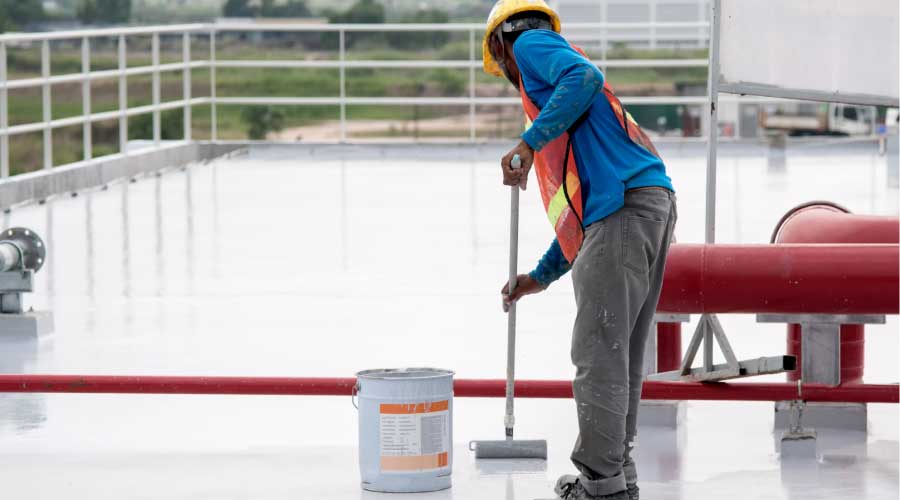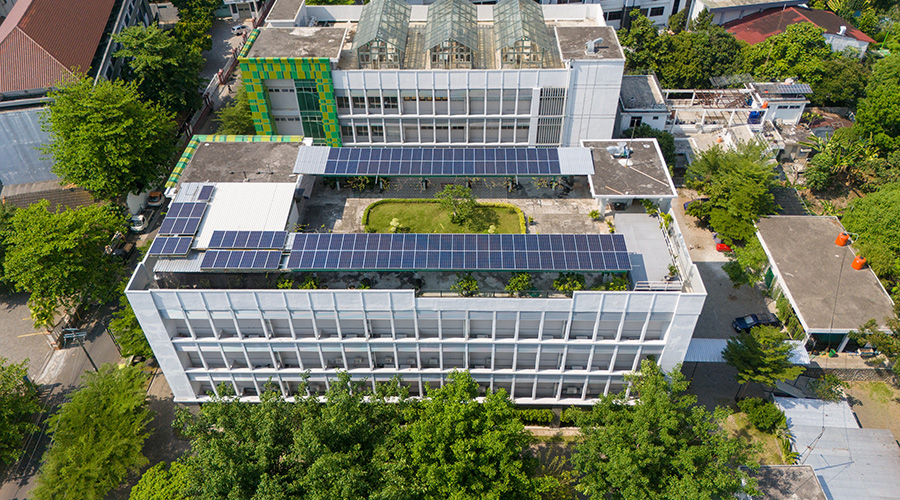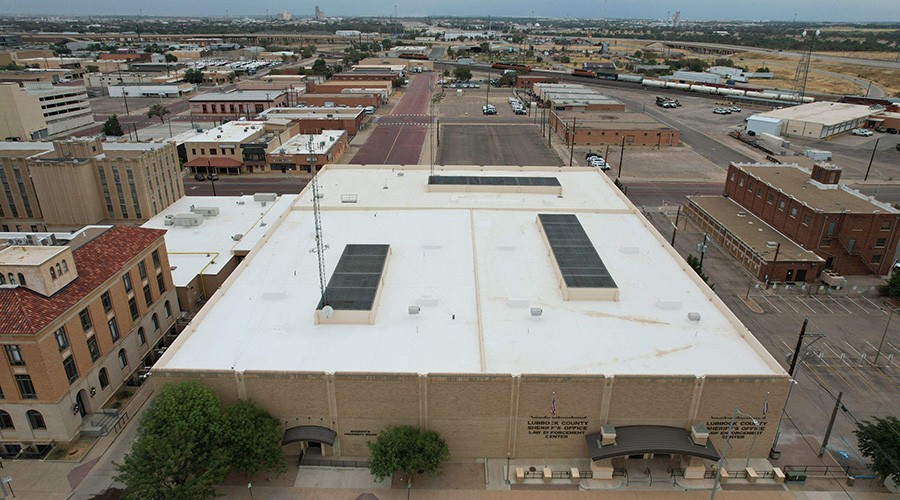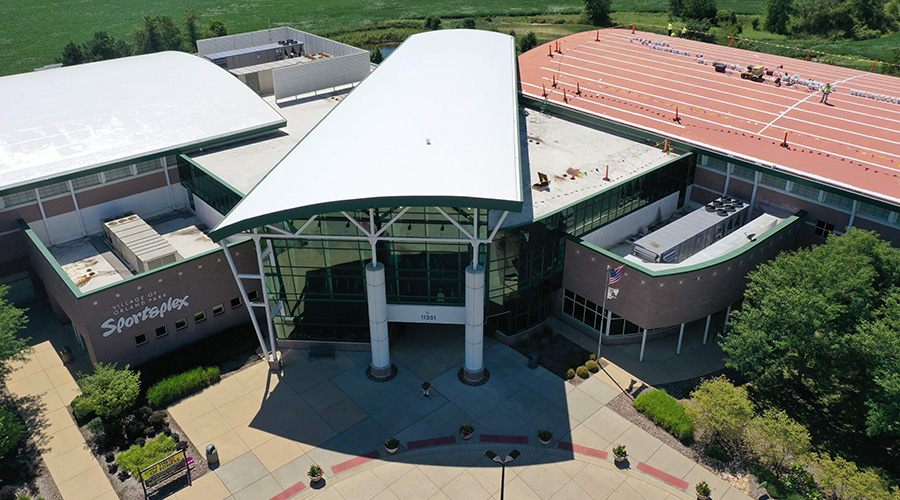Choosing the Right Roof Coatings: Budget and Specifications
Roof coatings offer managers a versatile option to keep building components safe
Maintenance and engineering managers use roof coatings as either a permanent or temporary fix to protect components inside institutional and commercial facilities. But given the number of coating options available to managers, making the wrong decisions during the specification process can prove costly.
The challenge for managers is to match roof coatings for their goals based on a variety of factors such as the roof’s condition, facility need, staffing challenges and budget limitations.
It can prove a daunting task.
“Before doing anything to a roof it’s important to understand the existing components of the roof system and the roof’s defects,” says Anthony Vross, the co-owner of Simon Roofing.
If a longer-term system is out of budget, an option may be to reduce the total thickness of coating applied now, and plan for a re-coat down the road.
"Even when faced with budget limitations, a roof coating solution will still be able to meet the building owner or manager’s needs,” says Laura Soder, a senior product manager at GAF. “This gives the building owner time to budget for the additional material, and the roof is still protected under a limited warranty or guarantee in the interim.”
Examining the components
The components of the roof system include the deck, insulation and roof membrane and the number of layers of roofing.
Any roof defects should be defined and documented because it is important to know their respective consequences. Also, all defects need to be removed or repaired prior to applying a coating.
“There are hundreds of anomalies or defects that could happen on different roofing systems, such as a fastener backing out of the roof membrane or wet insulation, which can be found using infrared thermography scans or other moisture test procedures,” Vross says.
Coating a roof, often called a restoration, can be done in most cases as a lower-cost alternative to tear-offs or recovery replacement roof systems. Existing roof systems that are good candidates for coatings include smooth built-up roofs, granulated or smooth modified roofs, smooth surface single ply roofs, and metal roofs.
A coating or restoration should not be done, Vross says, if any of the following conditions exist:
- Three or more roof systems exist
- Frequent fasteners are backing out randomly throughout the system
- 25 percent or more of the roof contains wet insulation
- 25 percent of the roof is buckling or has loose insulation
- There is evidence of bad decking
- The roof is a ballasted loose-laid system, button mechanically attached system, or an IRMA (inverted roof membrane assembly) system
- In coastal wind zones, the roof system doesn’t meet the current building code wind uplift pressure requirements, such as in Florida.
“The condition of the roofing substrate will dictate if coatings are an appropriate repair solution,” Soder says. “A roof must be structurally sound, clean and dry before applying a roof coating. Coatings are excellent options to repair and restore commercial roofs, which can significantly extend the lifespan of your roof. However, if a roof is beyond its serviceable life or if it is completely saturated, a tear-off may be more appropriate and cost-effective in the long run.”
Another factor that managers have to consider is roof adhesion. Certain coatings, such as silicone, may be difficult to adhere to for a long-term solution.
“You cannot apply a coating over an existing coating that is not compatible,” Vross says. “If the existing roof system or existing coating is not properly adhered, the new coating cannot be applied until this condition is remedied.”
While roof conditions factor into how effective coatings will perform, a mechanically sound roof is a good candidate for coatings, says Steve McGuinness, president of Energy Seal Coatings.
“Different types of roofs require different coatings,” he says. “For example, on metal roofs, with or without rust, an acrylic coating can be applied. On a TPO (thermoplastic polyolefin, a single-ply white membrane used in both commercial and residential roofing) roof, a general-purpose acrylic primer with a silicone coating on top can be applied.”
Coatings are environmentally safe, require no tear-off “and therefore prevent having to get rid of old roofing in landfills,” McGuinness says.
Coatings are also known to positively affect the temperature inside a building, keeping it cooler in hot weather. For facilities that have a high-traffic area on the roof — for instance, a walkway or concrete deck with a patio — a urethane coating would be applied because it is abrasive-resistant.
Polyurethane foam systems can be applied on any roof, rendering it waterproof and insulative.
“It’s a two-part mixture,” McGuinness says. “When it is sprayed on, as soon as it hits the roof, it combines and grows. You have to topcoat it with an acrylic or silicone coating to protect it against UV rays. It’s more expensive than other coatings but has a lot of benefits.”
Howard Riell is a freelance writer from Henderson, Nevada.
Related Topics:













